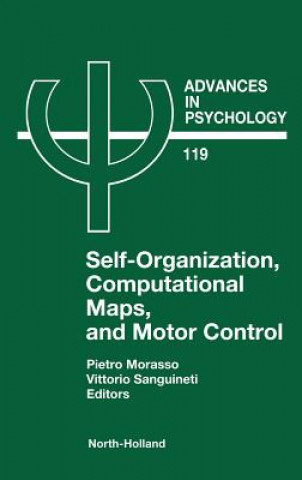
Doručenie
Nákupný poradca





Nehodí sa? Žiadny problém! U nás môžete do 30 dní vrátiť
 Darčekový poukaz
v ľubovoľnej hodnote
Darčekový poukaz
v ľubovoľnej hodnote
S darčekovým poukazom nešliapnete vedľa. Obdarovaný si za darčekový poukaz môže vybrať čokoľvek z našej ponuky.
Self-Organization, Computational Maps, and Motor Control
 Angličtina
Angličtina
 729 b
729 b
30 dní na vrátenie tovaru
Mohlo by vás tiež zaujímať


In the study of the computational structure of biological/robotic sensorimotor systems, distributed models have gained center stage in recent years, with a range of issues including self-organization, non-linear dynamics, field computing etc. This multidisciplinary research area is addressed here by a multidisciplinary team of contributors, who provide a balanced set of articulated presentations which include reviews, computational models, simulation studies, psychophysical, and neurophysiological experiments. The book is divided into three parts, each characterized by a slightly different focus: in part I, the major theme concerns computational maps which typically model cortical areas, according to a view of the sensorimotor cortex as 'geometric engine' and the site of 'internal models' of external spaces. Part II also addresses problems of self-organization and field computing, but in a simpler computational architecture which, although lacking a specialized cortical machinery, can still behave in a very adaptive and surprising way by exploiting the interaction with the real world. Finally part III is focused on the motor control issues related to the physical properties of muscular actuators and the dynamic interactions with the world. The reader will find different approaches on controversial issues, such as the role and nature of force fields, the need for internal representations, the nature of invariant commands, the vexing question about coordinate transformations, the distinction between hierachiacal and bi-directional modelling, and the influence of muscle stiffness.
Informácie o knihe
 Angličtina
Angličtina
Kategórie




 Ako nakupovať
Ako nakupovať

























